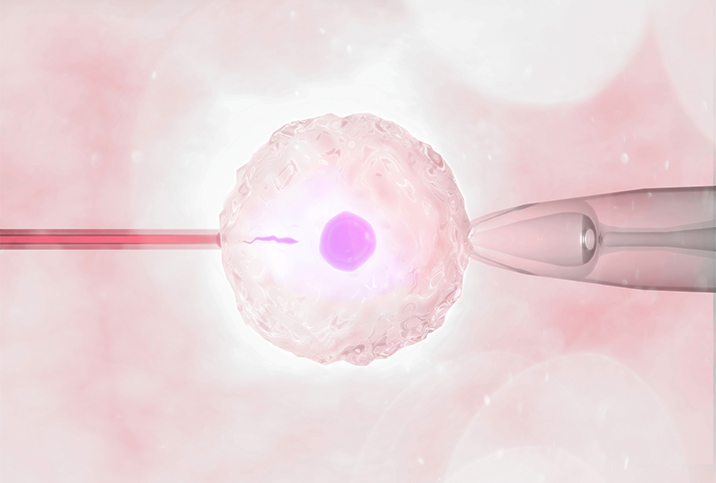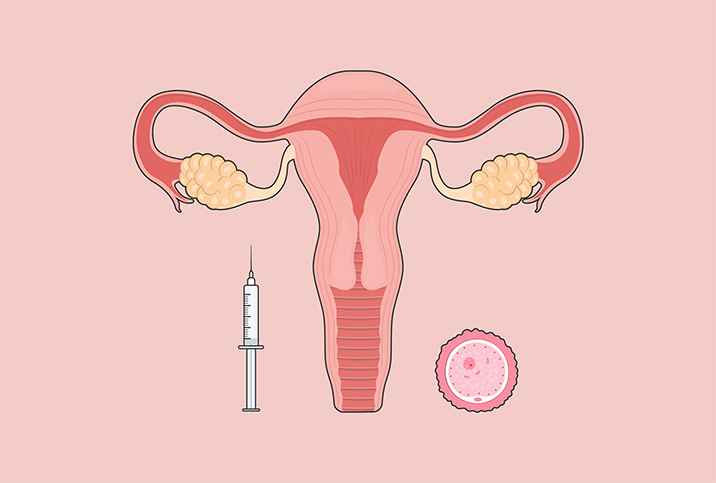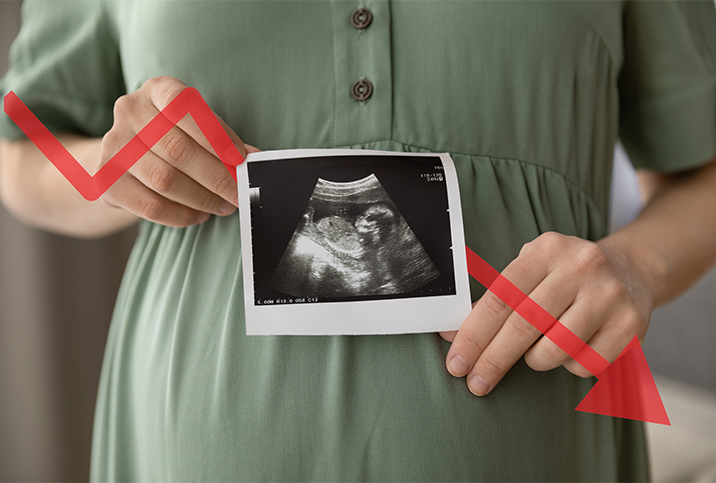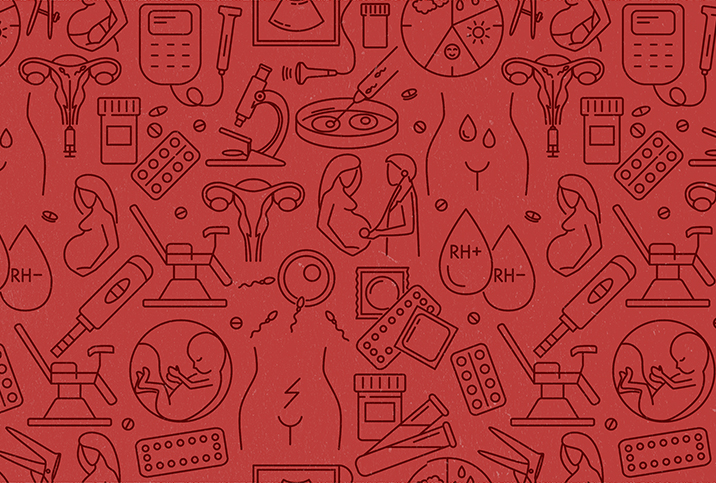Assisted Reproductive Technology Linked to Higher Risk of Heart Issues

The American Heart Association (AHA) recently released a study that found a link between women who used assisted reproductive technology (ART) and an increased risk for vascular complications, such as irregular heartbeat and kidney injury.
ART is a blanket term for infertility treatments that utilize modern technology to aid the reproductive process, including medications that control ovulation, in vitro fertilization (IVF), intrauterine insemination (IUI) and intracytoplasmic sperm injection (ICSI).
The study's findings
Data for the study were pulled from the U.S. National Inpatient Sample, a record of all hospital discharges between Jan. 1, 2008, and Dec. 31, 2016. Specifically, researchers analyzed records for all delivery admissions, taking note of records that utilized ART and those that involved heart or pregnancy-related complications.
Their analysis showed that women who got pregnant with ART were older on average, age 35, than women who conceived without ART, age 28. Women who conceived with ART also had more preexisting health conditions, such as diabetes, obesity and chronic hypertension.
However, researchers indicated that even among women without preexisting health conditions, technology-assisted conception increased the risks of acute kidney damage, arrhythmia, placental abruption, preterm birth and the necessity of cesarean delivery.
The results could be a cause for concern for women who require ART to conceive, but the real question is whether the technology itself or something happening within the body is to blame for the increased risk of complications.
Doctors weigh in on the study's limitations
The data presented by AHA researchers might not be conclusive, suggested Jane Frederick, M.D., a board-certified reproductive endocrinologist in Newport Beach, California.
"There are other studies out there that have looked at patients who were labeled infertile and got pregnant, who didn't end up needing IVF or assisted reproductive technology, and they compare them to patients who got pregnant through technology. Both of those groups had placental insufficiencies or problems with a low birth weight or the placenta abrupting or not implanting correctly," Frederick said.
Essentially, Frederick said these complications might not be related to the procedure, but rather to another issue leading to a woman's difficulty getting pregnant.
"Just having that diagnosis of infertility should be a red flag," she said. "'Hey, I might have high risk problems,' or 'My placenta is not implanting well or not allowing the baby to grow well.' These things are all underlying factors that may be related to the [patient's infertility]."
"The problem with these studies is that they're not getting a cohort of groups," said Daniel Roshan, M.D., an OB-GYN and maternal-fetal medicine specialist in New York City. "Nobody's wanting to do a real study of a group with similar age, similar background or other similar things, and then compare them together. They get 35-year-olds who got IVF and then 45-year-olds who got IVF, look at the data and say, 'Oh, IVF causes all birth defects.'"
There could be numerous underlying factors that led to infertility, and these could very well be the same factors contributing to the increased risk of heart problems.
While analyzing inpatient records to find trends among women who undergo ART might offer a clue to where further research is needed, this method of research doesn't narrow its focus enough to provide concrete information on a given topic. In Roshan's opinion, analyses such as this one from the AHA tend to "mix everybody up, so the data and results really aren't that accurate."
"We've had many patients anywhere from 50 to 62 who got pregnant and they were healthy. They were compliant. They followed advice and they all did very well," he said. "Obviously, they need to work with a pregnancy expert—somebody who knows how to follow their progress and monitor them—but if you work with a professional and get medical clearance, check your heart rate, your cholesterol, thyroid, and make sure you're in good shape, then go for it. These patients do very well."
The most important factor in Frederick's opinion is the "infertility label." She urged patients who are trying to get pregnant to emphatically disclose to their doctors if they were previously diagnosed with infertility before seeking reproductive assistance. There could be numerous underlying factors that led to infertility, and these could very well be the same factors contributing to the increased risk of heart problems, she said.
"I think a great study would be to take everybody who's been diagnosed with the infertility label and got pregnant on their own without help—but it took a long time—take that group and watch how their pregnancy develops, then compare them to patients who actually came to my office and had a successful treatment," Frederick said.
"Let's follow those two groups, because, really, those two groups are the same. It's just that one of them had IVF and medications, and the other group got pregnant on their own," she continued. "If we got a large cohort of patients from those two groups, I think we would get the answer to 'Do they all develop issues with pregnancy or is it just the treated group?' That's really the question. You can't just blame everything on the technology we have."
Where do we go from here?
Ultimately, the data trends found by AHA researchers are important in understanding the complexities of infertility, ART and the potential issues that may arise, but the key word here is "potential."
At present, there isn't enough data to say the link discovered between ART and heart conditions means ART is what causes those heart conditions.
For many people labeled infertile, assisted reproductive technologies are helpful in aiding conception.
"The IVF process is not elective," Roshan said. "It's not like, 'Oh, should I get IVF or conceive naturally?' You don't have the choice, right? Somebody goes in for IVF, and often it's the only way for them to get pregnant. I suppose if I need to say there's a risk, then that risk is not so high."


















